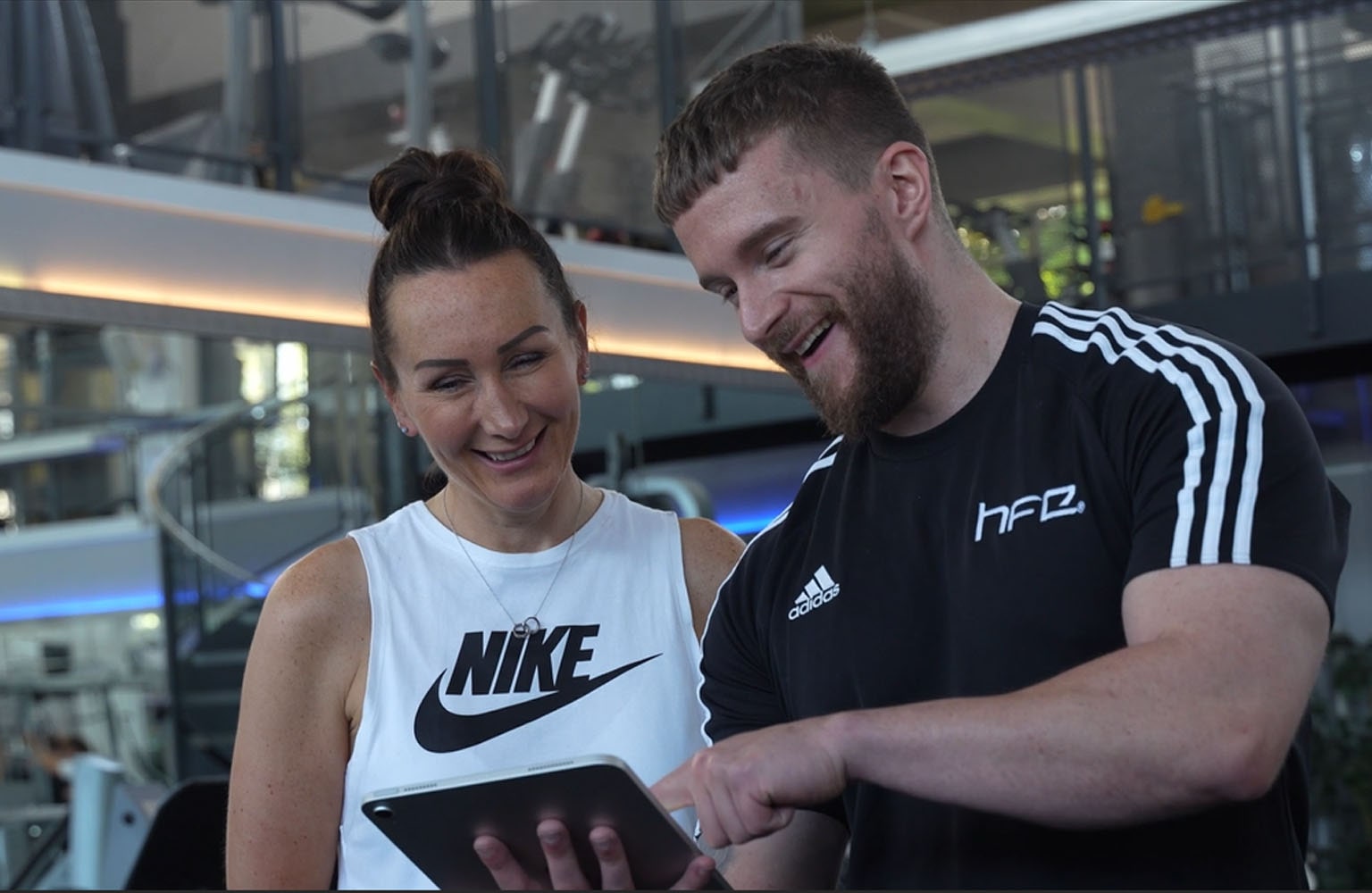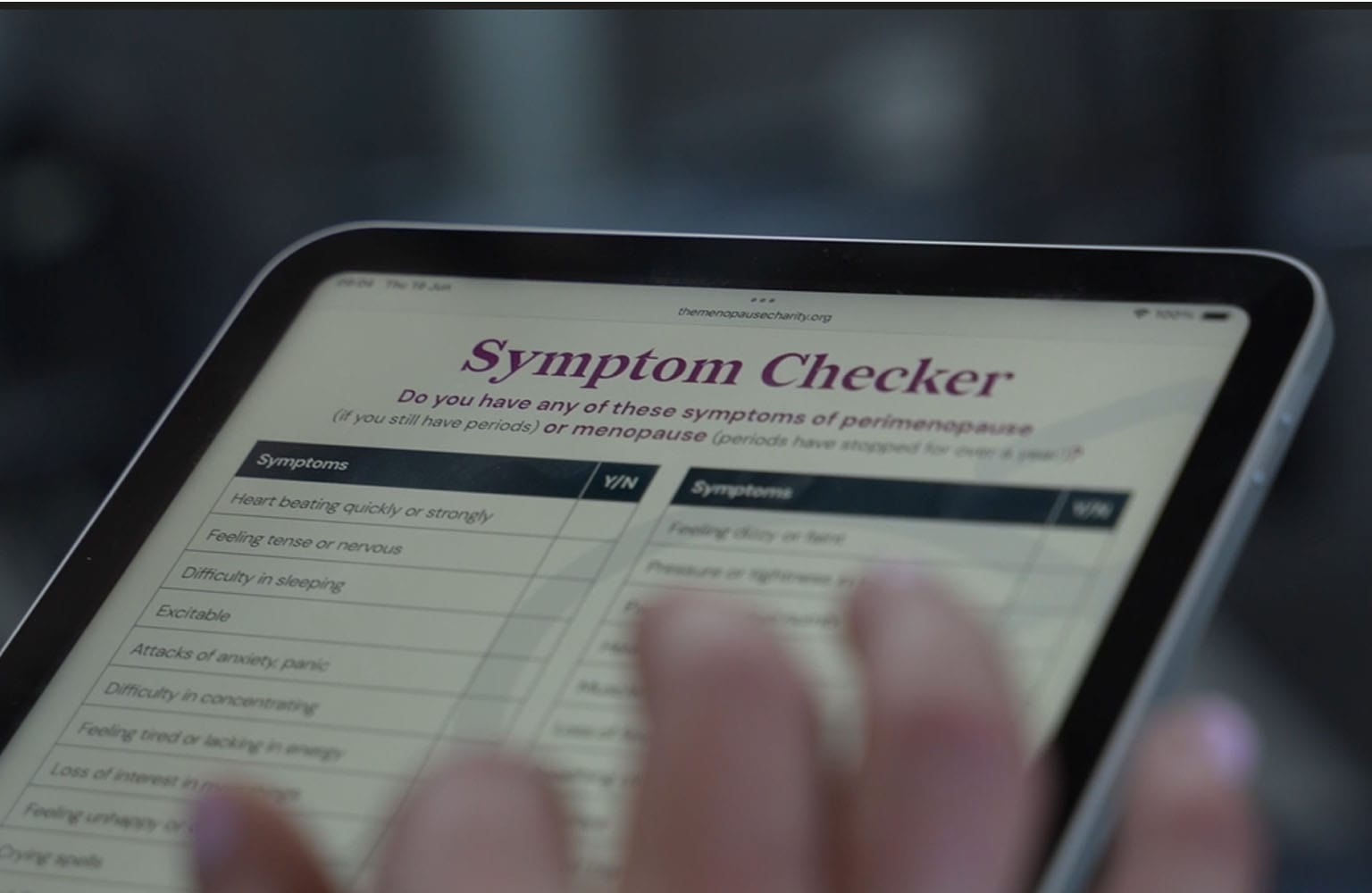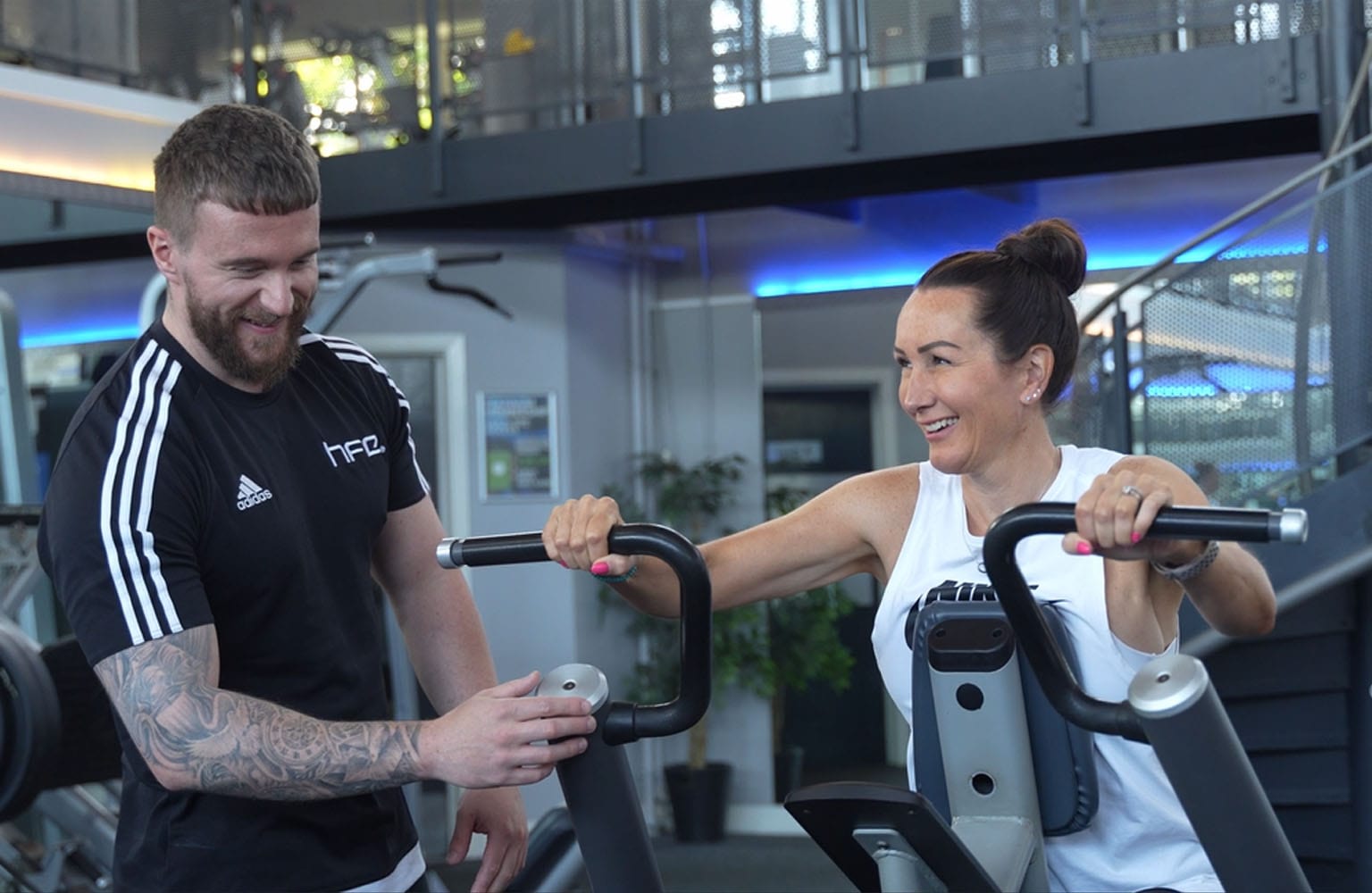A guide to menopause for fitness professionals
Getting to grips with the menopause—how fitness professionals can better support women's health at this key life stage.
There are currently around 13 million women in the UK dealing with the effects of the menopause. Symptoms vary in type (physical, mental, emotional), but also severity, which explains at least in part, why every woman’s menopause journey is so individual.
Given that every person that is assigned female at birth will eventually experience the menopause, it is inevitable that fitness professionals working in the active leisure sector will find themselves with clients that are impacted by the effects of the menopause. Therefore, it’s essential that they have a thorough understanding of what is happening, and why?

This article will explore a range of essential information that exercise professionals working with female clients at this life stage need to be aware of in order to provide an adequate level of care and support for clients. This information represents a more simplified overview of some of the content contained in our menopause course for fitness professionals.
Government reports published in 2022 show that menopause affects 51% of the UK population. It is also reported that over 900,000 women have left their workplace because of symptoms associated with the menopause. From an economic perspective alone, this is very clearly a major cause for concern given that women represent a significant portion of the UK labour market.
In the UK, the average age for a woman to reach menopause is 51-52. It’s important to emphasise here, however, that this is not the same as ‘most women experience menopause at this age’. Some women hit menopause in their 30’s, other’s much later, so the average is simply the mathematical mean. This is an important message to deliver because many of the women who experience symptoms at a younger age simply believe that they are too young.
Around 1 in 10 women experience early menopause (aged 40-45), and 3.5 in 100 experience premature menopause (before the age of 40). Around 1 in 1,000 women also experience menopause before the age of 30, so the spread really is quite wide.
The word “menopause” originates from the Greek words “menos” (month) and “pausos” (cessation), so it literally means the cessation of monthly menstruation.
Menopause represents a key moment in a woman’s life that is triggered by a decline in the production of her sex hormones, especially oestrogen (but also progesterone).
When a woman moves closer to the end of her reproductive life, the ovaries production of oestrogen declines. The effects of this decline result in a cascade of symptoms throughout the entire body, as oestrogen receptors are unable to source the oestrogen they need.
Most people have heard of the menopause and associate it with a period or stage in a woman’s life where she experiences a range of symptoms, from hot flushes, and night sweats, to other urogenital symptoms (e.g., irregular periods, vaginal dryness, incontinence).
The menopause is in fact a single event (day), that is marked by the first anniversary of a woman’s last menstrual cycle (12 months since her last period). As such, a woman’s menopause journey is classified by three distinct phases:
There are more than 30 recognised symptoms of the menopause and it’s likely that more will be formalised in the years to come as research and medical understanding advances.
Women experience a wide-range of physical, mental, and emotional symptoms in menopause, which range in nature and severity. Some women manage to negotiate this stage of life with little difficulty, whereas others find their symptoms much more debilitating, significantly reducing their quality of life.
Classic physical symptoms of the menopause include hot flushes, night sweats, dizziness, heart palpitations, weight gain, irregular periods, urinary urgency, urinary incontinence, digestive issues, headaches and migraines, breast tenderness, and fatigue.
Mental and emotional symptoms can include low mood, anxiety, depression, panic attacks and insomnia.
Given the widespread nature of these symptoms, they very often take their toll on all aspects of a woman’s life, including her relationship with friends, family members, children, and her spouse. According to a leading firm of divorce lawyers [4], divorce rates do tend to increase during a woman’s menopausal years, which is where the terms “menopausal divorce” and “grey divorce” originate from. They say that over 60% of divorces in the UK are initiated by women in their 40s, 50s, and 60s, coinciding with this life stage.
From the fitness professional’s perspective, working with women navigating this stage in life can be challenging, not least because energy levels and motivation are likely to be low. The nature of many of the menopause symptoms can be quite sensitive and personal, especially those relating to incontinence, which can cause women to avoid exercise completely.
Exercise has a profound and positive effect on mood, increasing the sense of wellbeing and generally making people feel better about life. For this reason, and many more, regular exercise is so important for women in menopause.

Oestrogen is the primary female sex hormone responsible for the development and regulation of the female reproductive system. While it is strongly associated with reproduction, the hormone actually exerts a role in more than 400 different physiological functions throughout the body, including regulating the cardiovascular system, liver, pancreas, bone, brain, and immune system [3]. When oestrogen levels decline, a number of its protective properties are lost, leaving women at a greater risk of a range of health conditions, including, but not limited to:

The range of health conditions described above represent some of the more common health conditions associated with the menopause, but there are more.
Exercise professionals working with female clients at this stage of their life should have a broad and rich understanding of these conditions, including the mechanisms that cause them to occur in the first place.
Many of the above conditions benefit from a specialist programme of exercise which makes specific bodily systems more resilient to the effects of declining oestrogen levels, thereby reducing a woman’s future risk of disease.
There are also a range of lifestyle and dietary considerations and modifications that can be made to support a woman’s health and wellbeing, ensuring that she can live better, independently, and for longer, with an increased quality of life.
Medical treatment options are also available via the NHS, and privately. Menopause is not something that is taught at medical school because it is not considered to be a medical condition; it’s simply a life stage like puberty. For this reason, many G.Ps are not suitably trained to offer support for women that have more complex needs or symptoms. Here, it is important that women consult with a British Menopause Society Menopause Specialist (BMS) who is able to provide expert and tailored treatment options.
If you are keen to learn more about the menopause, and how you as an exercise professional can make a meaningful difference to the lives of those women affected by it, take a closer look at our Level 3 Award in Supporting Female Clients in Menopause. This programme is written and delivered by BMS accredited Menopause Specialists and is the highest standard of training in this field in the active leisure industry.
1. Santoro N. Perimenopause: From Research to Practice. J Womens Health (Larchmt). 2016 Apr;25(4):332-9. doi: 10.1089/jwh.2015.5556. Epub 2015 Dec 10. PMID: 26653408; PMCID: PMC4834516.
2. Koothirezhi R, Ranganathan S. Postmenopausal Syndrome. [Updated 2023 Apr 24]. In: StatPearls [Internet]. Treasure Island (FL): StatPearls Publishing; 2025 Jan-.
3. Faltas CL, LeBron KA, Holz MK. Unconventional estrogen signaling in health and disease. Endocrinology (2020) 161(4):1–7. doi: 10.1210/endocr/bqaa030 [DOI] [PMC free article] [PubMed] [Google Scholar][Ref list]
4. Bennett, L. (2022). Menopause: a divorce ‘danger zone’ | Post. [online] Lund Bennett | Family Law Specialists.
Back to articlesAnd get the fast-paced world of personal training delivered straight to your inbox every week
Great news, you're on the list...